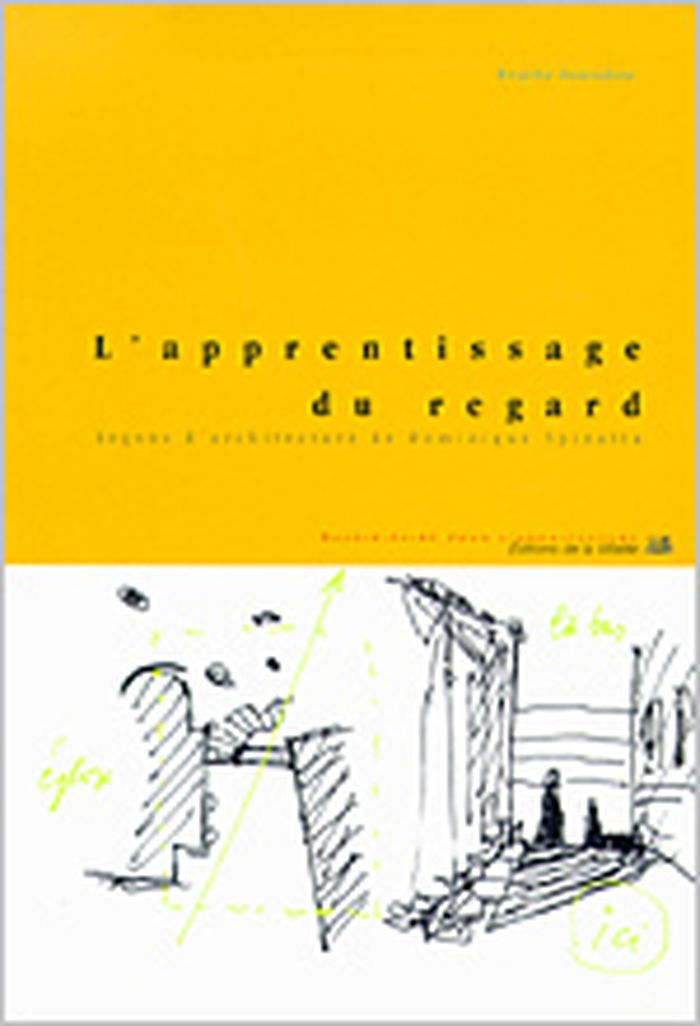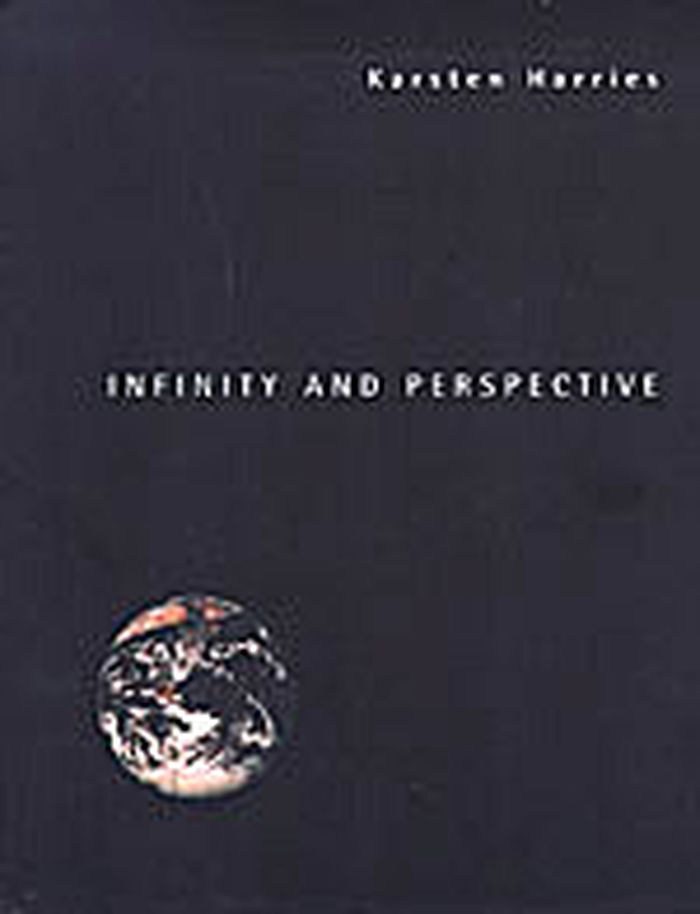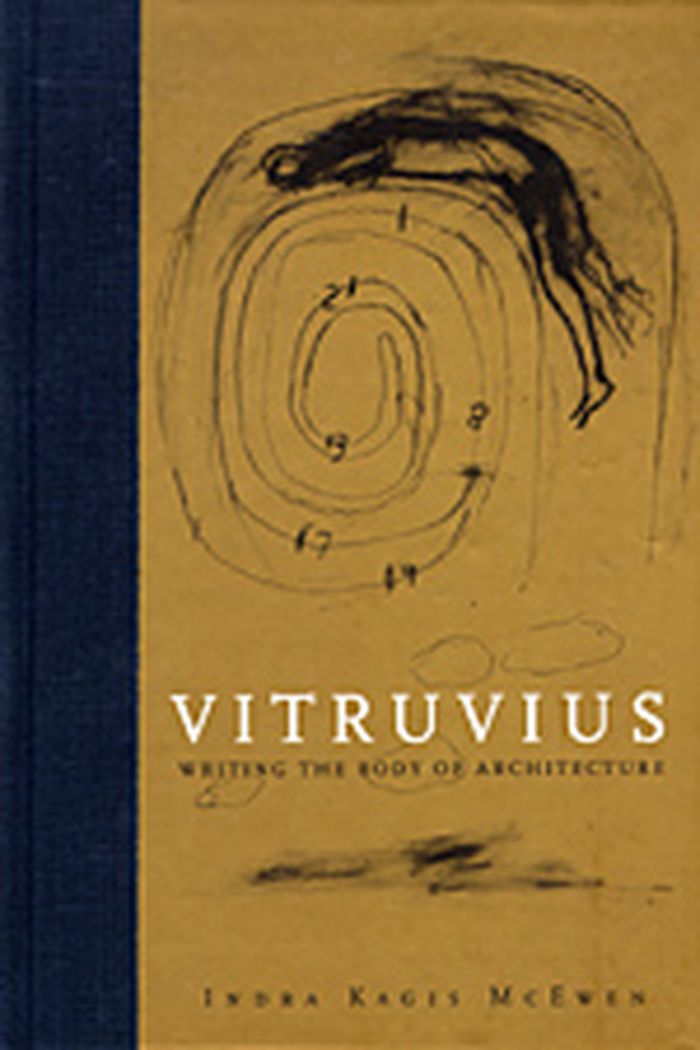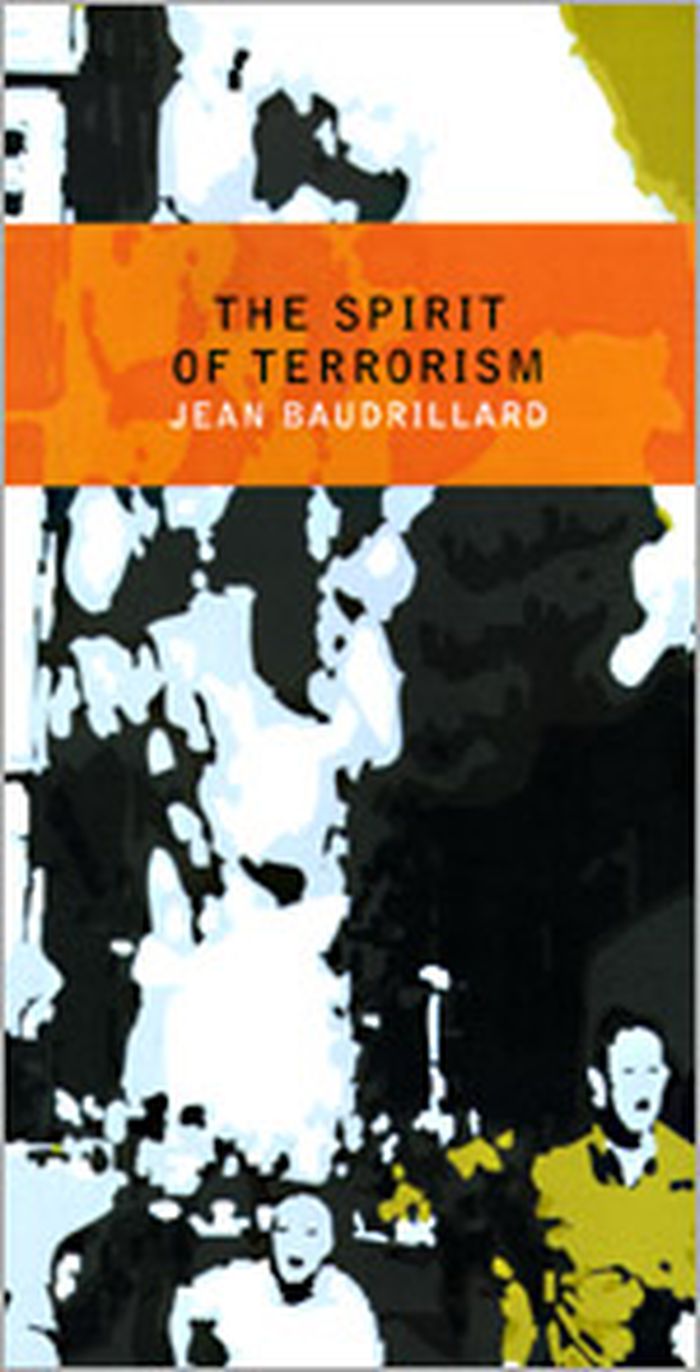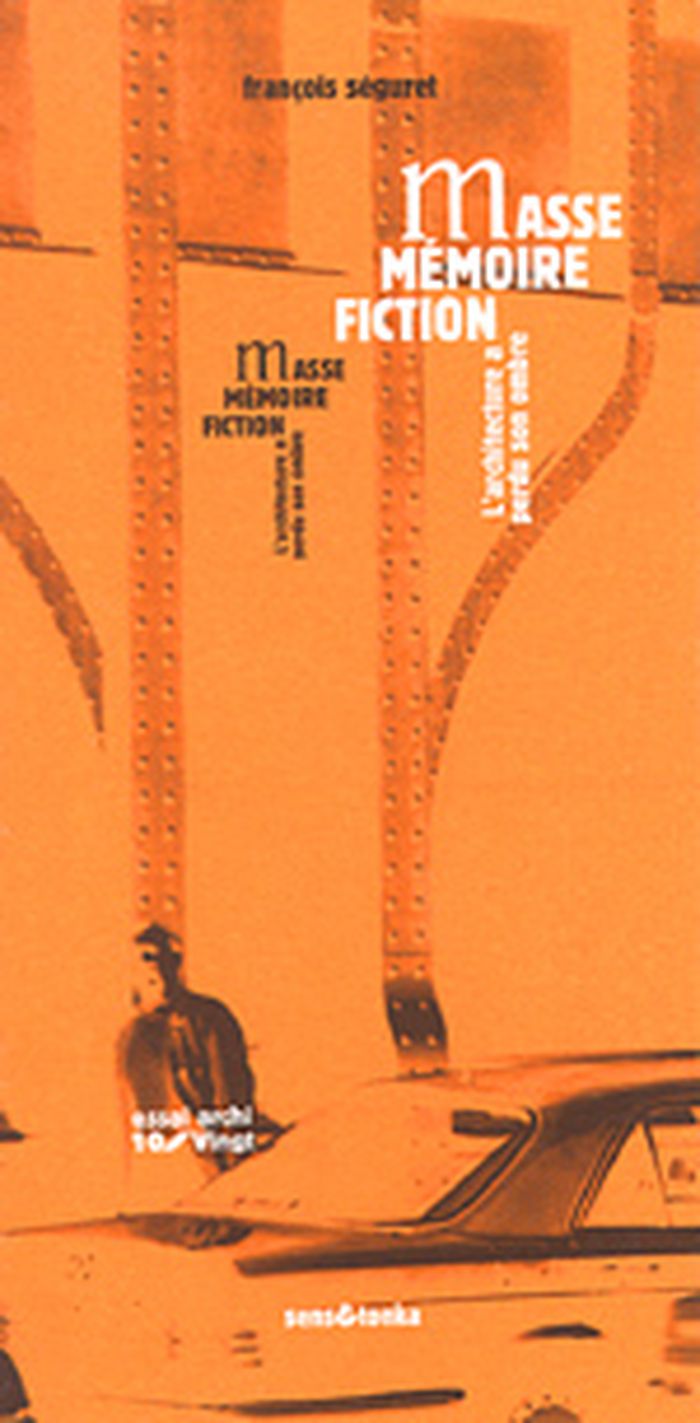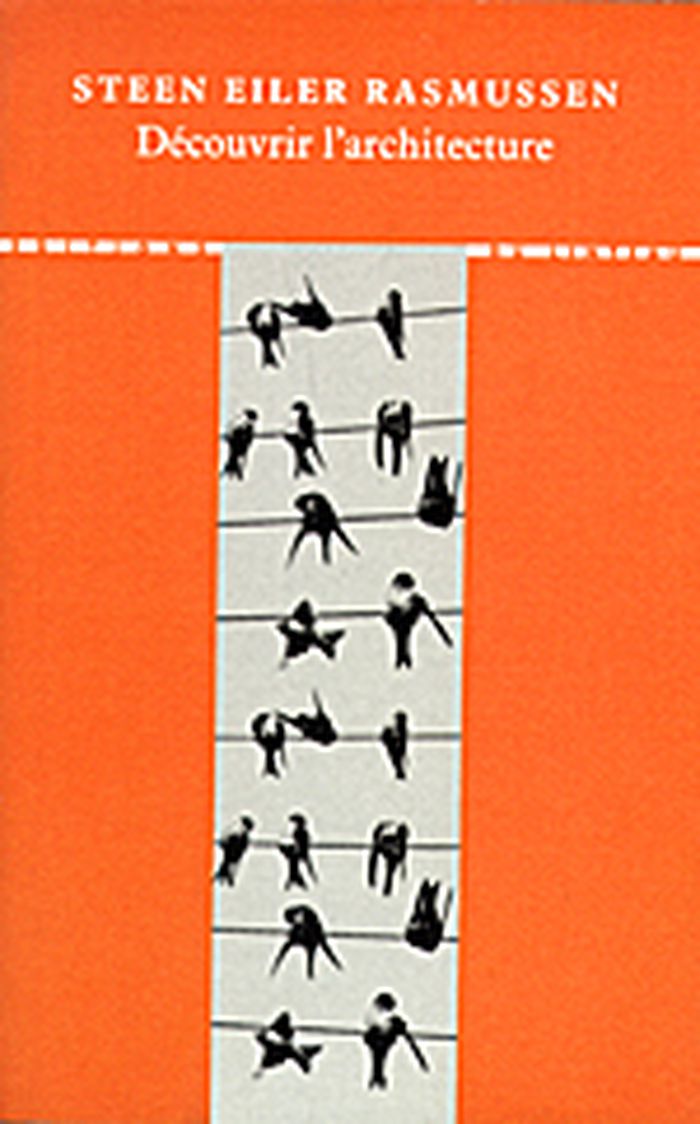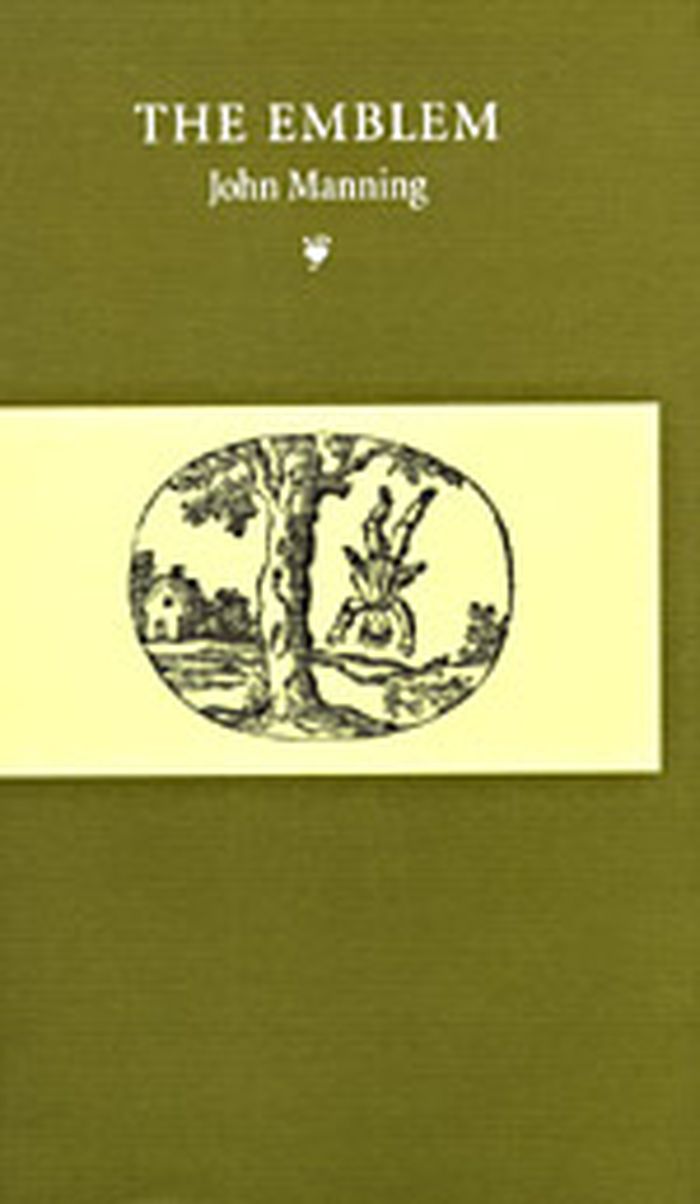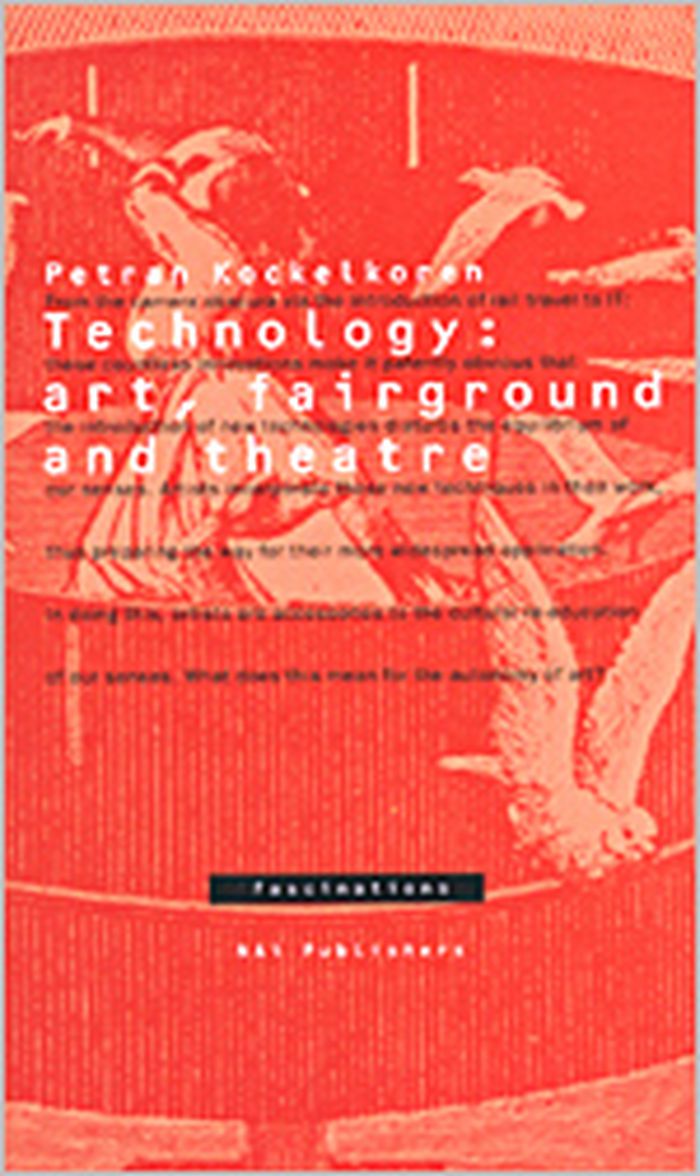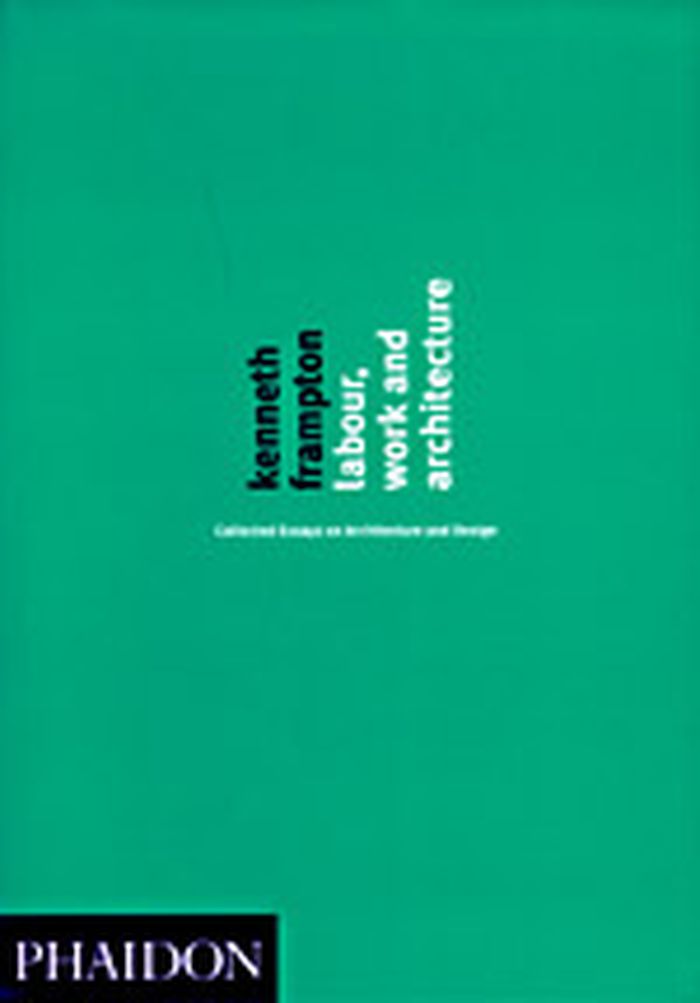$41.95
(disponible sur commande)
Résumé:
À partir d'une collection de lieux choisis, amplement phototographiés et dessinés par Dominique Spinetta, s'élabore un enseignement qui lie intimement la compréhension des formes à leurs usages. Au fil des démonstrations, le lecteur pourra se forger un regard de concepteur, capable de reconnaître - pour les transformer - les logiques des espaces bâtis.
L'apprentissage du regard : leçons d'architecture de Dominique Spinetta
Actions:
Prix:
$41.95
(disponible sur commande)
Résumé:
À partir d'une collection de lieux choisis, amplement phototographiés et dessinés par Dominique Spinetta, s'élabore un enseignement qui lie intimement la compréhension des formes à leurs usages. Au fil des démonstrations, le lecteur pourra se forger un regard de concepteur, capable de reconnaître - pour les transformer - les logiques des espaces bâtis.
Théorie de l’architecture
Infinity and perspective
$36.95
(disponible sur commande)
Résumé:
Much postmodern rhetoric, suggests Karsten Harries, can be understood as a symptom of our civilization's discontent, born of regret that we are no longer able to experience our world as a cosmos that assigns us our place. But dissatisfaction with the modern world may also spring from a conviction that modernism has failed to confront the challenge of an inevitably open(...)
Théorie de l’architecture
octobre 2002, Cambridge, Mass.
Infinity and perspective
Actions:
Prix:
$36.95
(disponible sur commande)
Résumé:
Much postmodern rhetoric, suggests Karsten Harries, can be understood as a symptom of our civilization's discontent, born of regret that we are no longer able to experience our world as a cosmos that assigns us our place. But dissatisfaction with the modern world may also spring from a conviction that modernism has failed to confront the challenge of an inevitably open future. Such conviction has frequently led to a critique of modernity's founding heroes. Challenging that critique, Harries insists that modernity is supported by nothing other than human freedom. But more important to Harries is to show how modernist self-assertion is shadowed by nihilism and what it might mean to step out of that shadow. Looking at a small number of medieval and Renaissance texts, as well as some paintings, he uncovers the threshold that separates the modern from the premodern world. At the same time, he illuminates that other, more questionable threshold, between the modern and the postmodern. Two spirits preside over the book: Alberti, the Renaissance author on art and architecture, whose passionate interest in perspective and point of view offers a key to modernity; and Nicolaus Cusanus, the fifteenth-century cardinal, whose work shows that such interest cannot be divorced from speculations on the infinity of God. The title Infinity and Perspective connects the two to each other and to the shape of modernity.
Théorie de l’architecture
$47.95
(disponible en magasin)
Résumé:
"Vitruvius’s De architectura" is the only major work on architecture to survive from classical antiquity, and until the eighteenth century it was the text to which all other architectural treatises referred. While European classicists have focused on the factual truth of the text itself, English-speaking architects and architectural theorists have viewed it as a timeless(...)
Théorie de l’architecture
octobre 2002, Cambridge, Mass.
Vitruvius: Writing the body of architecture
Actions:
Prix:
$47.95
(disponible en magasin)
Résumé:
"Vitruvius’s De architectura" is the only major work on architecture to survive from classical antiquity, and until the eighteenth century it was the text to which all other architectural treatises referred. While European classicists have focused on the factual truth of the text itself, English-speaking architects and architectural theorists have viewed it as a timeless source of valuable metaphors. Departing from both perspectives, Indra Kagis McEwen examines the work’s meaning and significance in its own time. Vitruvius dedicated De architectura to his patron Augustus Caesar, the first Roman emperor, whose rise to power inspired its composition near the end of the first century B.C. McEwen argues that the imperial project of world dominion shaped Vitruvius’s purpose in writing what he calls "the whole body of architecture." Specifically, Vitruvius’s aim was to present his discipline as the means for making the emperor’s body congruent with the imagined body of the world he would rule.
Théorie de l’architecture
The spirit of terrorism
$19.00
(disponible sur commande)
Résumé:
«In dealing all the cards to itself, the system forced the Other to change the rules of the game. And the new rules are ferocious, because the game is ferocious.»
Théorie de l’architecture
septembre 2002, London / New York
The spirit of terrorism
Actions:
Prix:
$19.00
(disponible sur commande)
Résumé:
«In dealing all the cards to itself, the system forced the Other to change the rules of the game. And the new rules are ferocious, because the game is ferocious.»
Théorie de l’architecture
Masse, mémoire, fiction
$27.95
(disponible sur commande)
Résumé:
Réflexion sur l'importance de l'architecture comme enjeu civilisationnel, c'est-à-dire comme moyen de pérennisation de la civilisation actuelle. La deuxième partie est une étude comparative, entre la France et le Japon, de leur politique respective en matière de patrimoine...
Masse, mémoire, fiction
Actions:
Prix:
$27.95
(disponible sur commande)
Résumé:
Réflexion sur l'importance de l'architecture comme enjeu civilisationnel, c'est-à-dire comme moyen de pérennisation de la civilisation actuelle. La deuxième partie est une étude comparative, entre la France et le Japon, de leur politique respective en matière de patrimoine...
Théorie de l’architecture
Découvrir l'architecture
$42.50
(disponible sur commande)
Résumé:
Loin des références culturelles françaises, Rasmussen fait découvrir ce que sont les espaces traversés tous les jours, ce qui fait la qualité d'un lieu, le pourquoi du charme des bâtiments anciens les plus anodins... ce qu'est enfin fondamentalement l'architecture .
Découvrir l'architecture
Actions:
Prix:
$42.50
(disponible sur commande)
Résumé:
Loin des références culturelles françaises, Rasmussen fait découvrir ce que sont les espaces traversés tous les jours, ce qui fait la qualité d'un lieu, le pourquoi du charme des bâtiments anciens les plus anodins... ce qu'est enfin fondamentalement l'architecture .
Théorie de l’architecture
The emblem
$55.95
(disponible sur commande)
Résumé:
John Manning's book charts the rise and evolution of the emblem from its earliest manifestations to its emergence as a genre in its own right in the 16th century, and then through its various reinventions to the present day.
The emblem
Actions:
Prix:
$55.95
(disponible sur commande)
Résumé:
John Manning's book charts the rise and evolution of the emblem from its earliest manifestations to its emergence as a genre in its own right in the 16th century, and then through its various reinventions to the present day.
Théorie de l’architecture
livres
$25.95
(disponible sur commande)
Résumé:
Cet essai veut apporter une contribution à l'analyse de la modernité. Il se situe dans une perspective phénoménologique, tout en étant plus proche de la pensée de Lévinas que de celle de Heidegger. Au lieu de présenter la modernité comme un système rationnel, ce texte la décrit comme une "double rupture" avec l'intériorité : la modernité effectue une coupure souvent(...)
Le Corbusier et le projet de la modernité : la rupture avec l'intériorité
Actions:
Prix:
$25.95
(disponible sur commande)
Résumé:
Cet essai veut apporter une contribution à l'analyse de la modernité. Il se situe dans une perspective phénoménologique, tout en étant plus proche de la pensée de Lévinas que de celle de Heidegger. Au lieu de présenter la modernité comme un système rationnel, ce texte la décrit comme une "double rupture" avec l'intériorité : la modernité effectue une coupure souvent violente avec la tradition, et elle veut amener l'homme à une nouvelle manière d'être au monde. Plus que sous la forme d'une recherche d'autonomie, il faut donc concevoir la modernité en des termes d'inquiétude et d'espoir. L'architecture moderne, phénomène central de la modernité, vise à réformer le monde vécu afin de rendre possible une existence nouvelle, un "esprit nouveau". Les textes et les oeuvres de Le Corbusier expriment une telle volonté de briser les habitudes anciennes par la transformation de l'espace architectural et par la création d'une poésie nouvelle. L'essai situe la pensée de Le Corbusier dans l'horizon de l'idéologie moderne et l'on souligne la parenté de ses idées avec celles de Gide et de Nietzsche. La modernité veut concevoir l'homme comme un "être mondain" : mais par rapport à un modernisme excessif qui promeut l'idée d'une existence entièrement tournée vers le dehors,il s'agit de sauvegarder une distance au monde.
livres
mars 2002, Paris
Théorie de l’architecture
$22.50
(disponible sur commande)
Résumé:
Throughout history, our sensory transformation has been predicated on newly invented machinery and instruments, from the camera obscura to the stereoscope to the multimedia apparatuses of today. In the perspective paintings of the Renaissance, the "train sickness" works of the 19th century, and the helicopter view of modern times, artists reveal their role as mediums of(...)
Technology: art, fairground and theatre
Actions:
Prix:
$22.50
(disponible sur commande)
Résumé:
Throughout history, our sensory transformation has been predicated on newly invented machinery and instruments, from the camera obscura to the stereoscope to the multimedia apparatuses of today. In the perspective paintings of the Renaissance, the "train sickness" works of the 19th century, and the helicopter view of modern times, artists reveal their role as mediums of the new, pioneers who, through their incorporation and absorption of new technologies, subtly introduce them into the general consciousness.
Théorie de l’architecture
$75.00
(disponible sur commande)
Résumé:
This anthology of writings by the architectural critic Kenneth Frampton brings together essays from the last thirty-five years. The essays focus on twentieth-century architecture, dealing with themes and movements, built works and the architects responsible for these buildings.
Labour, work and architecture : collected essays on architecture and design
Actions:
Prix:
$75.00
(disponible sur commande)
Résumé:
This anthology of writings by the architectural critic Kenneth Frampton brings together essays from the last thirty-five years. The essays focus on twentieth-century architecture, dealing with themes and movements, built works and the architects responsible for these buildings.
Théorie de l’architecture
